Canyon Tempr CFR review: A stellar first step into the footwear market
Sumptuous comfort, and plentiful stiffness, the Tempr CFR shoes are just a few grams from greatness
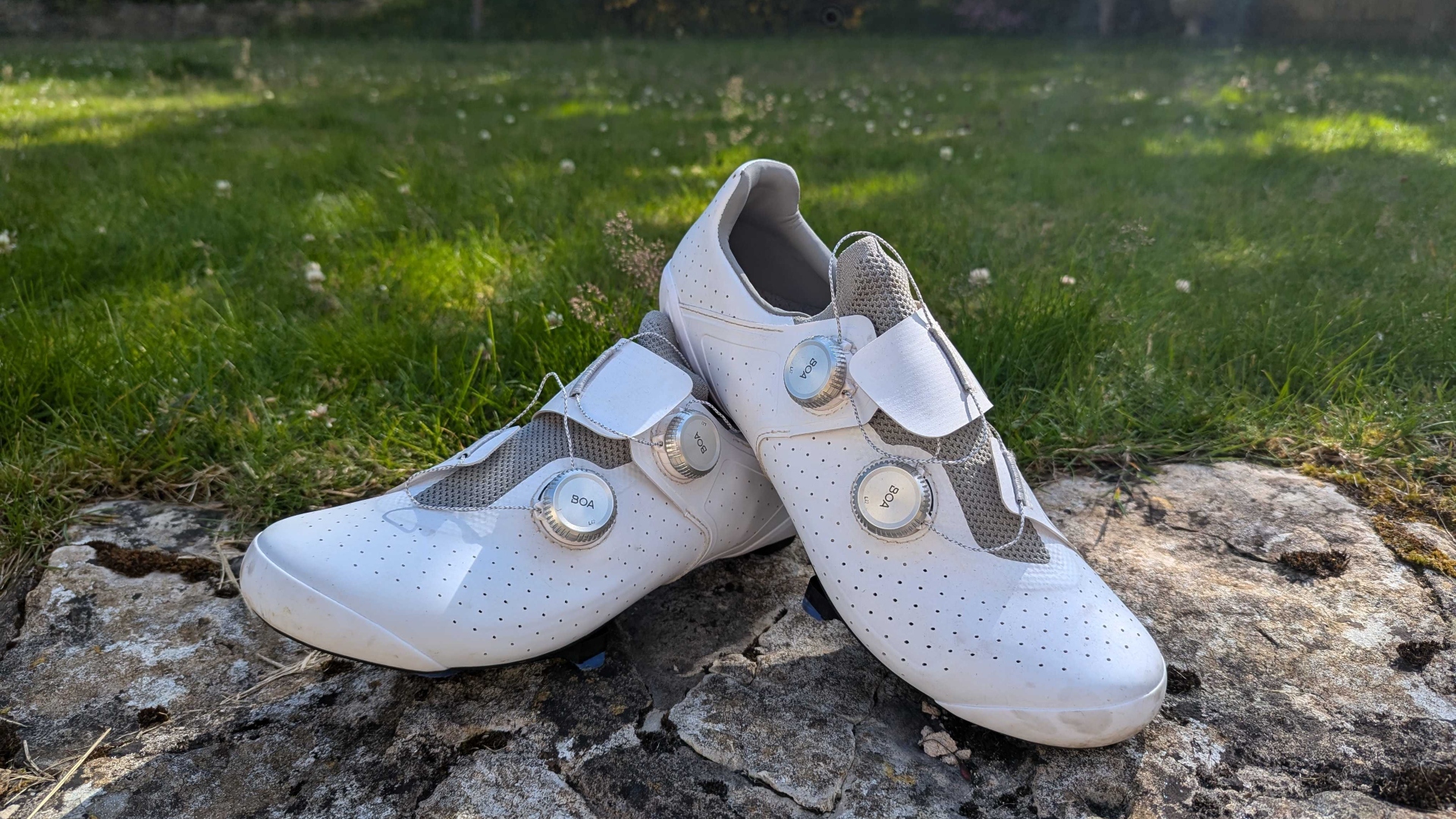
The shoe market is a challenging one to tackle. Beyond the carbon fibre sole, there's little material science knowledge to share between shoes and frames, which makes Canyon's Tempr CFR shoes incredibly commendable. Comfort, stiffness, and breathability have all been pretty well nailed, making the very slight weight penalty compared to competition the only minor sticking point.
-
+
Incredibly comfortable sole
-
+
Fantastic retention system
-
+
Flexible tongue is particularly comfortable
-
+
Plenty stiff enough
-
-
Ever so slightly heavier than the competition
You can trust Cycling Weekly.

A few weeks ago, Canyon unveiled its first ever shoe line-up, with the all-new Canyon Tempr CFR range. The new shoes join an incredibly competitive market, going ‘toe to toe’ with the likes of Fizik, Specialized and Giro.
Canyon’s Tempr CFR shoes boast a multitude of features, such as an adaptable stretch tongue, an ultra stiff carbon sole, and custom insoles developed with Solestar. The German bike giant has certainly gone all in with its first pair of kicks - but can they really compete with the best cycling shoes on the market on their very first attempt?
Construction
The foundation of any good pair of shoes, regardless of whether or not you'll find cleats attached to the bottom, is a good fit. Being self aware of its previous experience, Canyon drafted in Eric Horton as a product design and development consultant for this project to ensure that this area was fulfilled.
Horton, it's fair to say, has a wealth of experience in this area, working previously as a Senior Industrial Designer for Specialized, and more recently as a creative director at Giro - both brands are renowned for their cycling shoes.
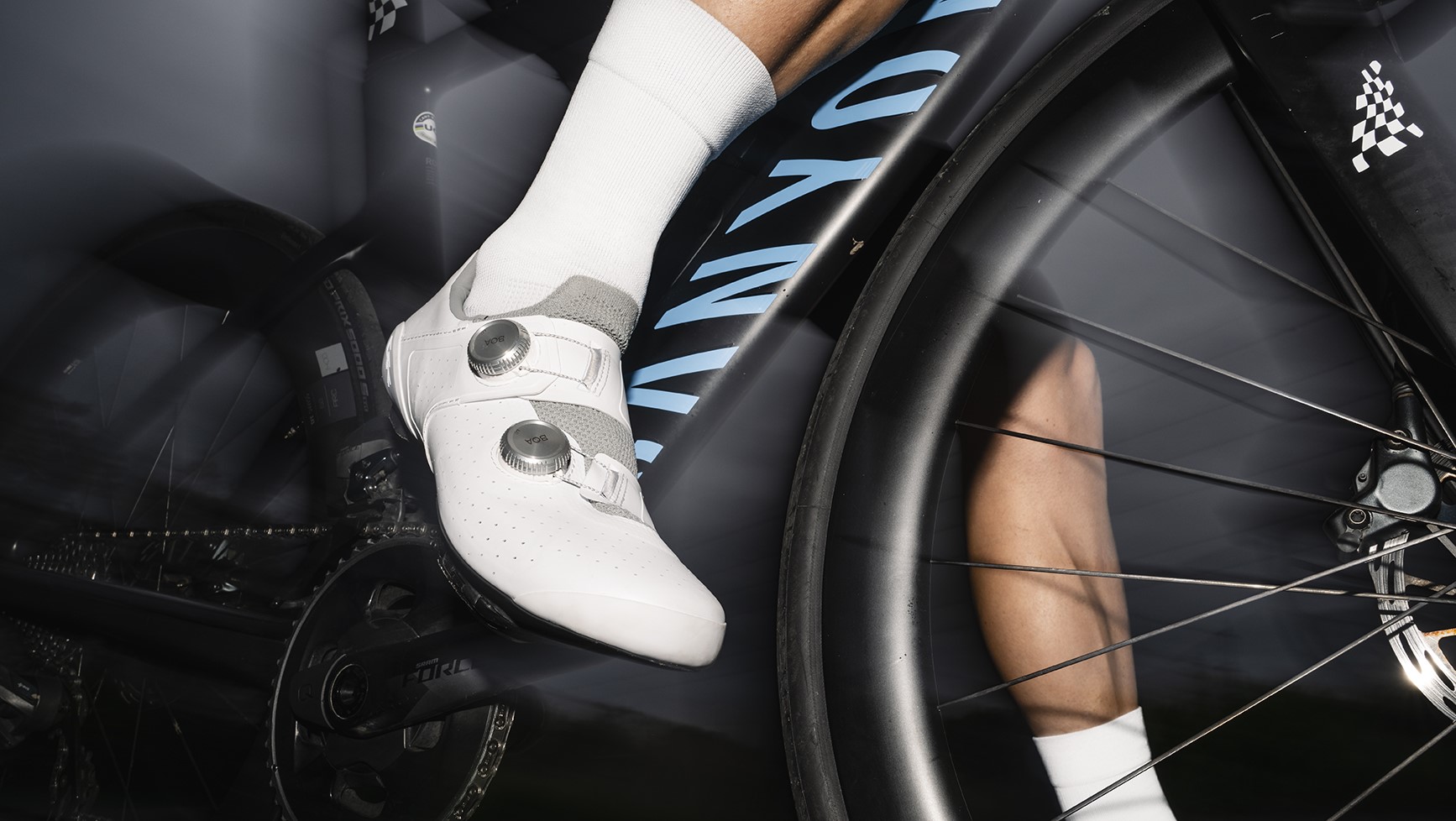
The Temprs feature Canyon's new Purefit360 fit system, tech that started out with the development of a brand new 'last' in collaboration with Solestar. This is the model foot which the shoe is designed around. Canyon claims this fit system caters for a super wide range of feet, thanks to some cunning shoe upper design.
Firstly, and perhaps most obvious to the naked eye, is the 'stretch fit tongue' design on the front of the shoe. In a very similar fashion to the Trek RSL shoes released earlier this year, Canyon's stretch fit tongue features a woven sock construction.
Canyon says this part of the shoe is far more flexible than a traditional design, and as someone with a very high instep, I found myself more than catered for here.
The latest race content, interviews, features, reviews and expert buying guides, direct to your inbox!
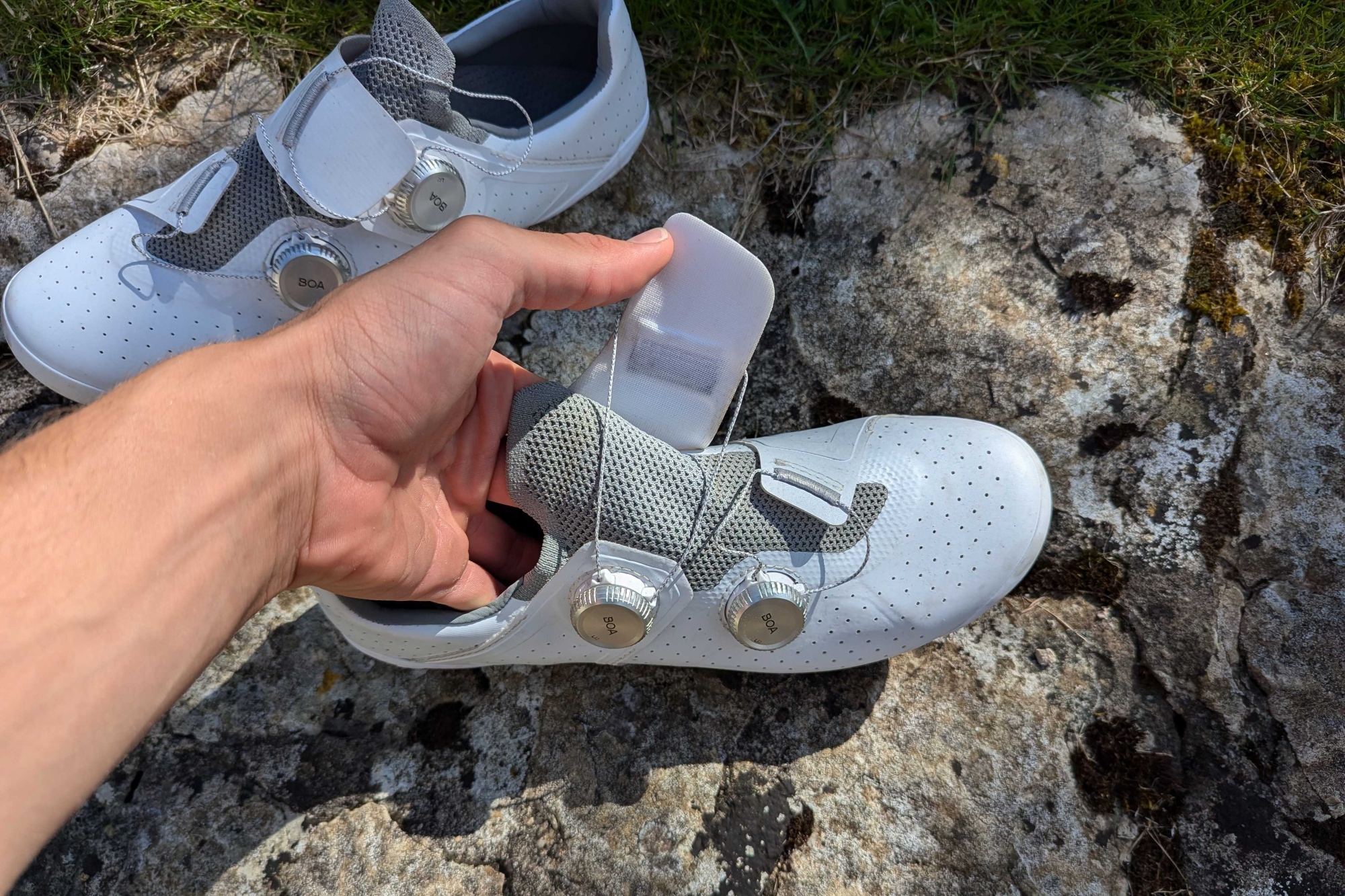
The 'stretch tongue' really is stretchy, resisting bunching no matter how high or low your instep
Another area of the shoe that can often cause hot spots and discomfort is the toe box. In order to keep the shoe comfortable for both narrow and wider footed riders, Horton explained that the shoe has built in areas of much thinner fabric around the outside of the foot, dubbed pressure release zones.
Moving inside the shoe, lies what I think is perhaps the trump card in the Tempr CFR's design - the Solestar custom insole. As mentioned before, Canyon has collaborated with one of the world's leading experts in insoles, Solestar. The Berlin-based company already supplies Lidl-Trek with insoles, but Canyon has opted to introduce its technology to the masses.
Among the internal tech is a metatarsal bump. This slightly raised pad falls beneath the ball of your foot and helps your toes to spread out naturally - something I found to be brilliantly comfortable.
The sole of the shoe is, as you would expect for a range topping shoe, carbon fiber. It's also 'stiff' and 'lightweight' of course, though Canyon has laid much more emphasis on other parts of the shoe. I did quiz Horton on exactly how stiff the carbon plate was, to which he replied "stiff enough for any human!"
I am most certainly a human, and as I'll come onto, I had no issues!
Finally, tying all this together - if you'll pardon the pun - is the retention system. The birth child of another collaboration, this time with Boa, Canyon has developed the PerformFit Wrap retention system.
Put simply, this is how the boa laces wrap around your foot and therefore how your foot is held into the shoe. But it turns out there is rather a lot of science behind getting this right...
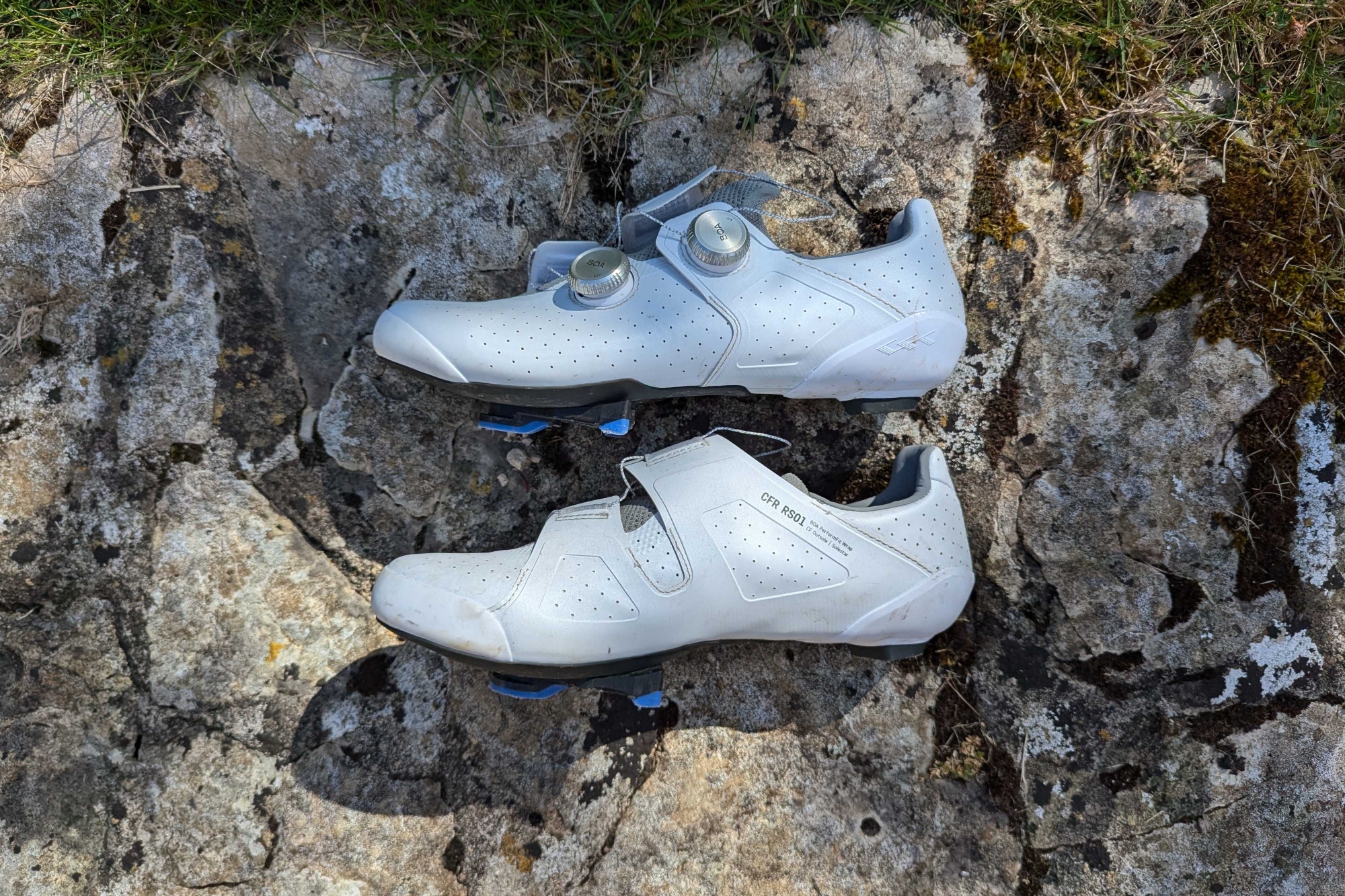
The side profile is clean, and the synthetic upper is pretty easy to wipe clean
Where more traditional shoes simply pull the two halves of the upper together, Canyon builds its shoes in such a way that the Boa laces coax the synthetic material into enveloping the foot from the sole up.
In theory, this means the shoe should better wrap around your shoe, decreasing pressure points across the toes, and on your instep. Practically speaking, its best described as the shoe being pulled up against the bottom of your foot, rather than your foot being pinched between the two halves of the upper fabric. Either way, as I will come onto, it works!
The ride
Real world use has been nothing short of thoroughly impressive. I put a lot of miles into the new Tempr CFR shoes, and they have been both comfortable and relatively easy to live with.
Initially I was riding a size 42.5, which I actually found to be a little too small, however this did teach me a lot about them. Remarkably I was still relatively comfy, which is a testament to how well the PerformFit Wrap system spreads pressure around the foot.
Once rectified, I felt much more at home in the size 43.5, which is a size larger than my long term Bontrager XXX shoes, which size up slightly large. With my narrower foot, and high instep taken into account, I would say that these shoes fit pretty true to size, but I certainly wouldn't describe them as a particularly wide fit shoe.
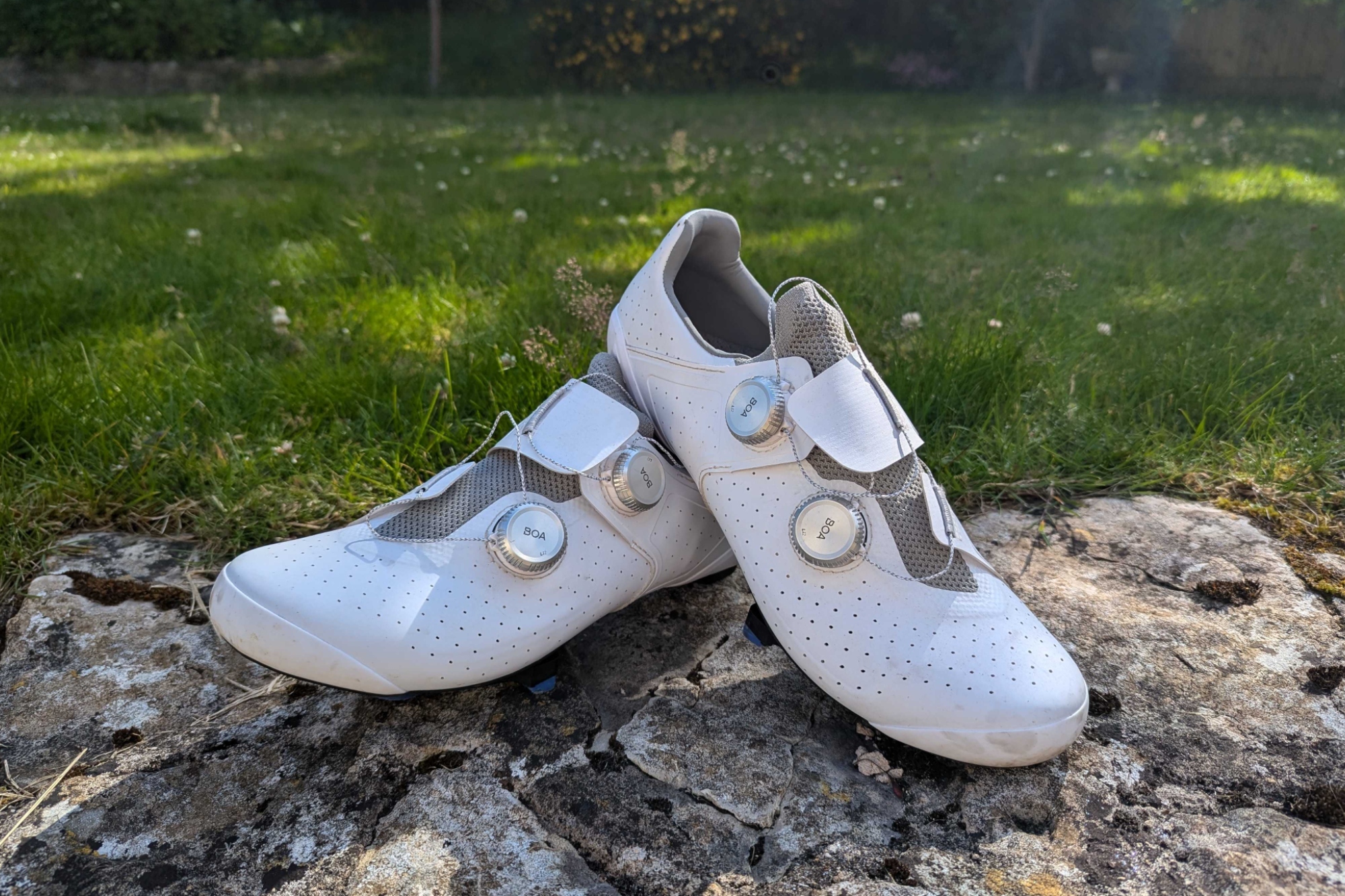
First impressions I must say were strong, however it did take me a few kilometers to get used to the metatarsal bump in the Solestar insole. At first I couldn't quite make out whether it was a good feature to have or not, but now I can say with conviction that it makes the shoe much more comfortable. Along with the wider toe box, I found that my feet were able to spread out in the shoe, which is particularly useful when climbing out of the saddle.
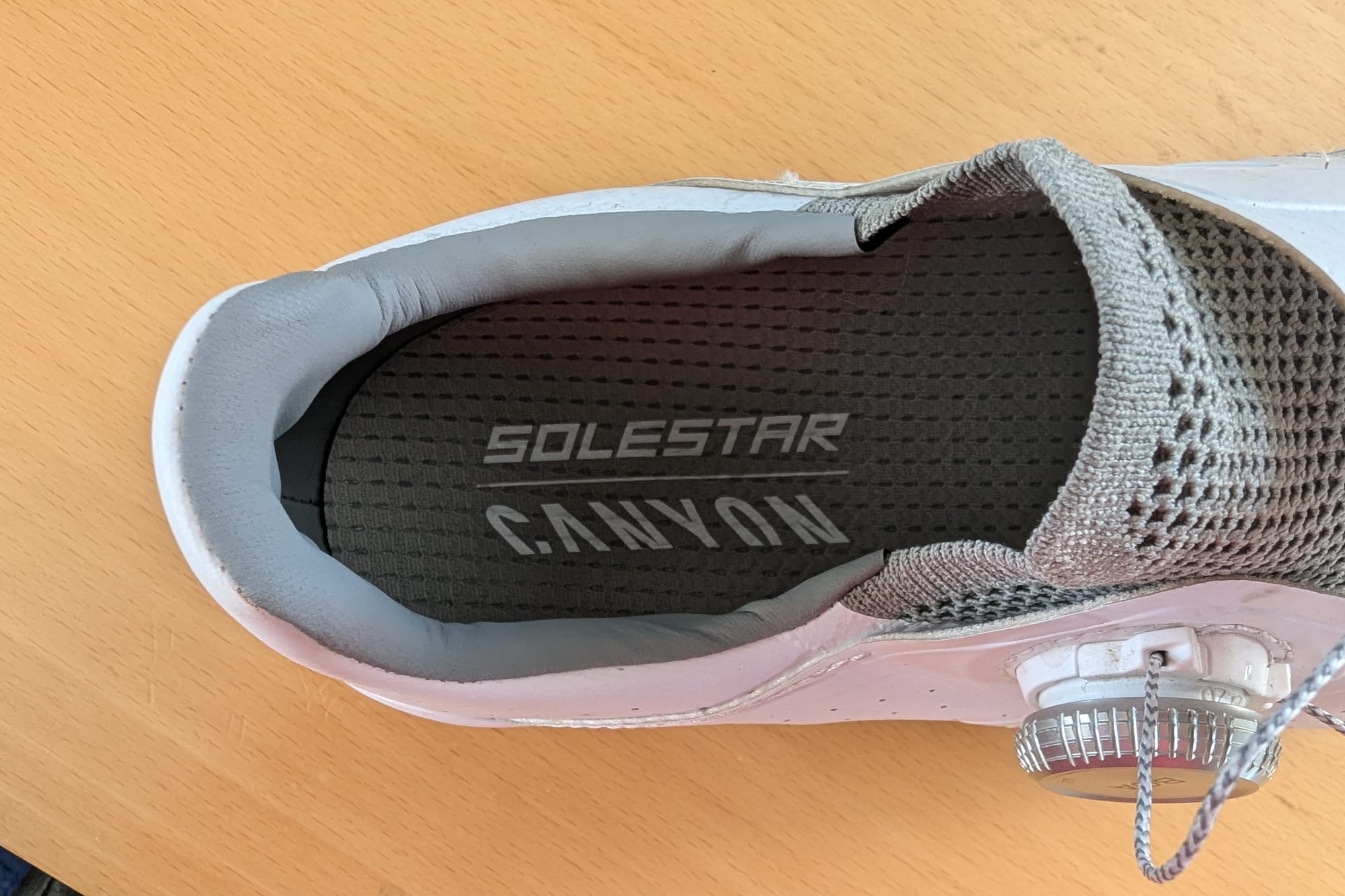
A top down view of the collaboration that helps to make this shoe so comfortable
The retention system was great too. I found that I was able to get nearly all of the support required around the heel and across the front of the foot without having to tighten up the Boa dials too much. This is a testament to how well the back of the shoe supports the heel, as well as the PerformWrap fit.
Of course, if you're racing, or just taking that town sign sprint too seriously (the camp I'm in), then tightening up the shoes further does improve power transfer, but for normal riding I don't think it is necessary.
As mentioned before, the carbon plate is described as "stiff enough for any human," and I completely agree. There was absolutely no flex in the shoe at any point during my testing, whether that was me trying to bend the shoe manually, or during riding.
Off the bike, I was able to test the shoes' grip on tarmac - not exactly essential for a road shoe, but I have found the Vibram pads on the heel decently hard wearing. Should you burn through these, they are replaceable, but no complaints so far - even with a large number of trips to the cafe...
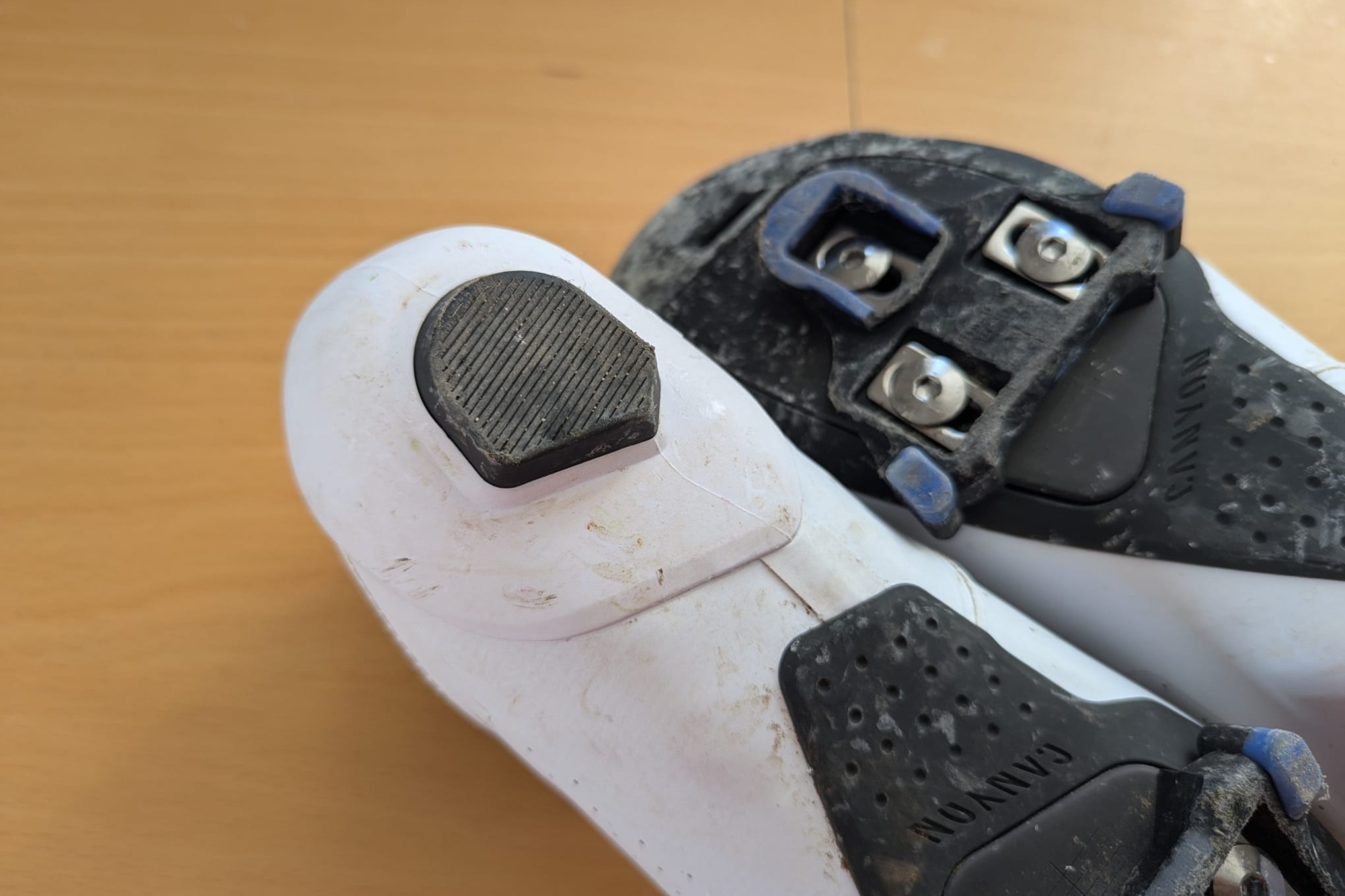
The shoes have stood up very well to the gravel I have to walk over before and after every ride!
With the onset of summer, heat management has finally been something I have been able to test in the last couple of weeks here in the UK, and it's another box ticked for the Tempr CFR. They are well ventilated, and decently breathable, though they won't keep you quite as cool as something with more breathable fabric material such as the Specialized S-works Ares.
Value and conclusion
Overall, I think Canyon has done incredibly well to take a giant leap straight towards the top of the pile in the shoe market - and I don't say that lightly. The shoes have a great aesthetic, are abundantly comfortable, and perform well too - but they aren't quite the best out there.
Firstly, they are still a few grams heavier than the competition. My size 43.5 shoes tipped the scales at 266g per shoe, which is ever so slightly heavier than equivalents from the likes of Specialized. Then there's the stretch tongue - it's brilliant, but it is rather hard to keep clean. Yes, this is arguably the case with most white cycling shoes, but it does for me point them in the direction of a summer shoe, if you want to opt for that fresh white colour scheme.
Cost-wise, I think the retail price is fair. The shoes retail for £319.95/$329.95 and I think that represents fairly decent value for money against the competition.

Joe is Cycling Weekly's former tech writer. He's always had a love for bikes, since first riding a two wheeled steed before the age of four. Years down the line, Joe began racing at 16, and enjoyed great experiences internationally, racing in Italy, Spain and Belgium to name a few locations. Always interested in tech, Joe even piloted his Frankenstein hill climb bike to a Junior National Title in 2018. After taking a step back from elite level racing in April 2022, Joe joined our team as a freelancer, before becoming Tech Writer in May 2023.